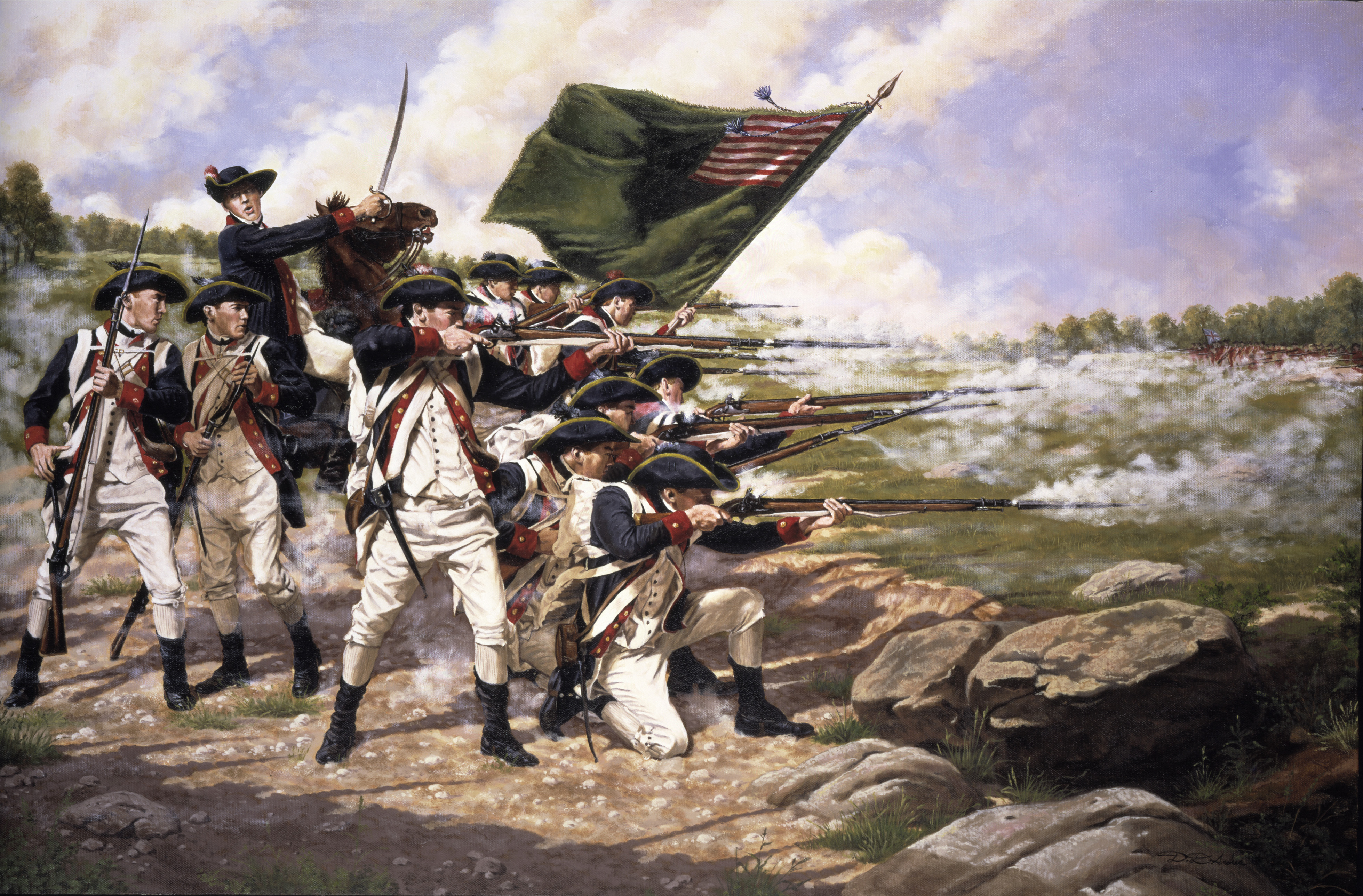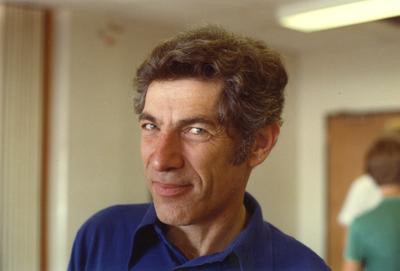|
Martin Davis (mathematician)
Martin David Davis (March 8, 1928 – January 1, 2023) was an American mathematician and computer scientist who contributed to the fields of computability theory and mathematical logic. His work on Hilbert's tenth problem led to the MRDP theorem. He also advanced the Post–Turing model and co-developed the Davis–Putnam–Logemann–Loveland (DPLL) algorithm, which is foundational for Boolean satisfiability solvers. Davis won the Leroy P. Steele Prize, the Chauvenet Prize (with Reuben Hersh), and the Lester R. Ford Award. He was a fellow of the American Academy of Arts and Sciences and a fellow of the American Mathematical Society. Early life and education Davis's parents were Jewish immigrants to the United States from Łódź, Poland, and married after they met again in New York City. Davis was born in New York City on March 8, 1928. He grew up in the Bronx, where his parents encouraged him to obtain a full education.. He graduated from the prestigious Bronx High ... [...More Info...] [...Related Items...] OR: [Wikipedia] [Google] [Baidu] |
New York City
New York, often called New York City (NYC), is the most populous city in the United States, located at the southern tip of New York State on one of the world's largest natural harbors. The city comprises five boroughs, each coextensive with a respective county. The city is the geographical and demographic center of both the Northeast megalopolis and the New York metropolitan area, the largest metropolitan area in the United States by both population and urban area. New York is a global center of finance and commerce, culture, technology, entertainment and media, academics, and scientific output, the arts and fashion, and, as home to the headquarters of the United Nations, international diplomacy. With an estimated population in 2024 of 8,478,072 distributed over , the city is the most densely populated major city in the United States. New York City has more than double the population of Los Angeles, the nation's second-most populous city. [...More Info...] [...Related Items...] OR: [Wikipedia] [Google] [Baidu] |
Computability Theory
Computability theory, also known as recursion theory, is a branch of mathematical logic, computer science, and the theory of computation that originated in the 1930s with the study of computable functions and Turing degrees. The field has since expanded to include the study of generalized computability and definable set, definability. In these areas, computability theory overlaps with proof theory and effective descriptive set theory. Basic questions addressed by computability theory include: * What does it mean for a function (mathematics), function on the natural numbers to be computable? * How can noncomputable functions be classified into a hierarchy based on their level of noncomputability? Although there is considerable overlap in terms of knowledge and methods, mathematical computability theorists study the theory of relative computability, reducibility notions, and degree structures; those in the computer science field focus on the theory of computational complexity theory ... [...More Info...] [...Related Items...] OR: [Wikipedia] [Google] [Baidu] |
Bronx
The Bronx ( ) is the northernmost of the five Boroughs of New York City, boroughs of New York City, coextensive with Bronx County, in the U.S. state of New York (state), New York. It shares a land border with Westchester County, New York, Westchester County to its north; to its south and west, the New York City borough of Manhattan is across the Harlem River; and to its south and east is the borough of Queens, across the East River. The Bronx, the only New York City borough not primarily located on an island, has a land area of and a population of 1,472,654 at the 2020 United States census, 2020 census. It has the fourth-largest area, fourth-highest population, and third-highest population density of the boroughs.New York State Department of Health''Population, Land Area, and Population Density by County, New York State – 2010'' retrieved on August 8, 2015. The Bronx is divided by the Bronx River into a hillier section in the West Bronx, west, and a flatter East Bronx, easte ... [...More Info...] [...Related Items...] OR: [Wikipedia] [Google] [Baidu] |
Łódź
Łódź is a city in central Poland and a former industrial centre. It is the capital of Łódź Voivodeship, and is located south-west of Warsaw. Łódź has a population of 655,279, making it the country's List of cities and towns in Poland, fourth largest city. Łódź first appears in records in the 14th century. It was granted city rights, town rights in 1423 by the Polish King Władysław II Jagiełło and it remained a private town of the Kuyavian bishops and clergy until the late 18th century. In the Second Partition of Poland in 1793, Łódź was annexed to Kingdom of Prussia, Prussia before becoming part of the Napoleonic Duchy of Warsaw; the city joined Congress Poland, a Russian Empire, Russian client state, at the 1815 Congress of Vienna. The Second Industrial Revolution (from 1850) brought rapid growth in textile manufacturing and in population owing to the inflow of migrants, a sizable part of which were Jews and Germans. Ever since the industrialization of the ... [...More Info...] [...Related Items...] OR: [Wikipedia] [Google] [Baidu] |
American Mathematical Society
The American Mathematical Society (AMS) is an association of professional mathematicians dedicated to the interests of mathematical research and scholarship, and serves the national and international community through its publications, meetings, advocacy and other programs. The society is one of the four parts of the Joint Policy Board for Mathematics and a member of the Conference Board of the Mathematical Sciences. History The AMS was founded in 1888 as the New York Mathematical Society, the brainchild of Thomas Fiske, who was impressed by the London Mathematical Society on a visit to England. John Howard Van Amringe became the first president while Fiske became secretary. The society soon decided to publish a journal, but ran into some resistance over concerns about competing with the '' American Journal of Mathematics''. The result was the ''Bulletin of the American Mathematical Society'', with Fiske as editor-in-chief. The de facto journal, as intended, was influentia ... [...More Info...] [...Related Items...] OR: [Wikipedia] [Google] [Baidu] |
American Academy Of Arts And Sciences
The American Academy of Arts and Sciences (The Academy) is one of the oldest learned societies in the United States. It was founded in 1780 during the American Revolution by John Adams, John Hancock, James Bowdoin, Andrew Oliver, and other Founding Fathers of the United States. It is headquartered in Cambridge, Massachusetts. Membership in the academy is achieved through a nominating petition, review, and election process. The academy's quarterly journal, '' Dædalus'', is published by the MIT Press on behalf of the academy, and has been open-access since January 2021. The academy also conducts multidisciplinary public policy research. Laurie L. Patton has served as President of the Academy since January 2025. History The Academy was established by the Massachusetts legislature on May 4, 1780, charted in order "to cultivate every art and science which may tend to advance the interest, honor, dignity, and happiness of a free, independent, and virtuous people." The sixty-tw ... [...More Info...] [...Related Items...] OR: [Wikipedia] [Google] [Baidu] |
Lester R
Lester is an ancient Anglo-Saxon surname and given name. People Given name * Lester Bangs (1948–1982), American music critic * Lester Oliver Bankhead (1912–1997), American architect * Lester W. Bentley (1908–1972), American artist from Wisconsin * Lester Bird (1938–2021), second prime minister of Antigua and Barbuda (1994–2004) * Lester D. Boronda (1886–1953), American painter, furniture designer, sculptor * Lester Cotton (born 1996), American football player * Lester del Rey (1915–1993), American science fiction author and editor * Lester Ellis (born 1965), Australian former professional boxer * Lester Flatt (1914–1979), American bluegrass musician * Lester Gillis (1908–1934), better known as Baby Face Nelson, American gangster * Les Gold (born 1950), American pawnbroker and reality TV star * Lester Holt (born 1959), American television journalist * Lester Charles King (1907–1989), English geomorphologist * Lester Lanin (1907–2004), American j ... [...More Info...] [...Related Items...] OR: [Wikipedia] [Google] [Baidu] |
Reuben Hersh
Reuben Hersh (December 9, 1927 – January 3, 2020) was an American mathematician and academic, best known for his writings on the nature, practice, and social impact of mathematics. Although he was generally known as Reuben Hersh, late in life he sometimes used the name Reuben Laznovsky in recognition of his father's ancestral family name. His work challenges and complements mainstream philosophy of mathematics. Education After receiving a B.A. in English literature from Harvard University in 1946, Hersh spent a decade writing for ''Scientific American'' and working as a machinist. After losing his right thumb when working with a band saw, he decided to study mathematics at the Courant Institute of Mathematical Sciences. In 1962, he was awarded a Ph.D. in mathematics from New York University; his advisor was P.D. Lax. He was affiliated with the University of New Mexico since 1964, where he was professor emeritus. Academic career Hersh wrote a number of technical articles ... [...More Info...] [...Related Items...] OR: [Wikipedia] [Google] [Baidu] |
Boolean Satisfiability Problem
In logic and computer science, the Boolean satisfiability problem (sometimes called propositional satisfiability problem and abbreviated SATISFIABILITY, SAT or B-SAT) asks whether there exists an Interpretation (logic), interpretation that Satisfiability, satisfies a given Boolean logic, Boolean Formula (mathematical logic), formula. In other words, it asks whether the formula's variables can be consistently replaced by the values TRUE or FALSE to make the formula evaluate to TRUE. If this is the case, the formula is called ''satisfiable'', else ''unsatisfiable''. For example, the formula "''a'' AND NOT ''b''" is satisfiable because one can find the values ''a'' = TRUE and ''b'' = FALSE, which make (''a'' AND NOT ''b'') = TRUE. In contrast, "''a'' AND NOT ''a''" is unsatisfiable. SAT is the first problem that was proven to be NP-complete—this is the Cook–Levin theorem. This means that all problems in the complexity class NP (complexity), NP, which includes a wide range of natu ... [...More Info...] [...Related Items...] OR: [Wikipedia] [Google] [Baidu] |
Davis–Putnam–Logemann–Loveland Algorithm
In logic and computer science, the Davis–Putnam–Logemann–Loveland (DPLL) algorithm is a complete, backtracking-based search algorithm for deciding the satisfiability of propositional logic formulae in conjunctive normal form, i.e. for solving the CNF-SAT problem. It was introduced in 1961 by Martin Davis, George Logemann and Donald W. Loveland and is a refinement of the earlier Davis–Putnam algorithm, which is a resolution-based procedure developed by Davis and Hilary Putnam in 1960. Especially in older publications, the Davis–Logemann–Loveland algorithm is often referred to as the "Davis–Putnam method" or the "DP algorithm". Other common names that maintain the distinction are DLL and DPLL. Implementations and applications The SAT problem is important both from theoretical and practical points of view. In complexity theory it was the first problem proved to be NP-complete, and can appear in a broad variety of applications such as '' model checking'', ... [...More Info...] [...Related Items...] OR: [Wikipedia] [Google] [Baidu] |


